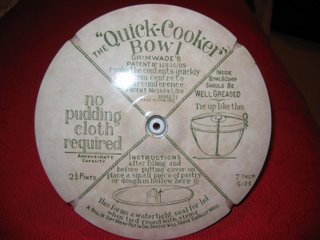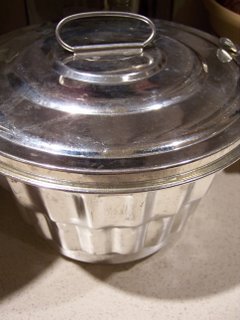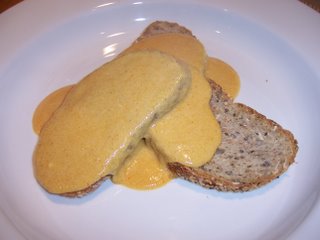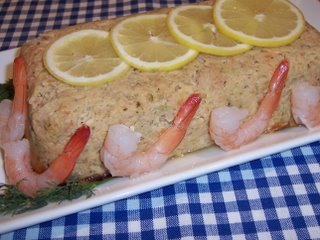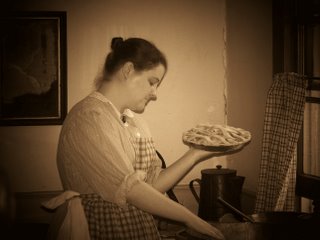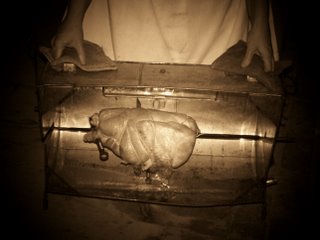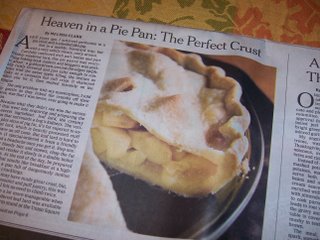
Exactly 28 days after its creation, my American Plum Pudding is ready for its fifteen minutes of fame.
In the morning, I busy myself preparing the house for the ten guests who will arrive at 3:00 for the ceremonial lighting and tasting. I have one final piece of preparation. A Christmas Pudding is traditionally served with Hard Sauce. But, I’ve neglected to answer a key question -- What in the world is Hard Sauce?
I go to my most reliable source – Lynne Olver’s “Food Timeline” – where the answers are waiting. Olver cites one resource that says the origin of plum puddings can be traced back to the 15th century. She references another that says the Victorians popularized the cold, hard sauces of unsalted butter, sugar and alcohol. The warm, fruity pudding melts the hard sauce, and the burning brandy is a symbol of the rebirth of the sun. I find one other piece of folklore. A sprig of holly with a red berry was placed on both sides of the pudding in ancient times to ward off witches. Since I grew up on a steady diet of “Bewitched” and I am generally tolerant of witches, I forgo the holly.
So, Hard Sauce is basically a cross between butter cream icing and a compound butter, with a hefty shot of brandy thrown in to liven up the festivities. It can’t be bad. I find the best butter possible – Plugra European Style Butter, which has a higher butterfat content, and I select a Brandy Butter recipe flavored with orange zest, orange juice and brandy. The fluffy mound of Hard Sauce looks like a snowball sprinkled with Grand Marnier.
My guests are unusually prompt and by 3:00 p.m. they are crowding into my kitchen. I pass flutes of champagne as I make the final preparations for the lighting ceremony. The steaming, coffee-colored dome of pudding is placed at the center of the table, and I warm a sauce pan of brandy on the stove.
We dial up Jill in Ottawa so she can join in the festivities, albeit virtually. After all, it is she, and her family’s antique Grimwade Quick Cooker that were the inspiration for our cross-country culinary collaboration. We do quick introductions, and I suspect that Jill wishes she had a score card to keep track of the folks standing shoulder-to-shoulder in my kitchen.
I cut the pudding into slices and each guest takes a spoonful of Hard Sauce. The response is enthusiastic and soon there is only less than a quarter of the pudding left on the serving platter. My brother Ken is particularly enamored of the hard sauce. There are luscious flavors of molasses, nutty brandy, citrus and cloves and chunky pieces of sweet fruit drenched in the buttery Hard Sauce. It has been worth the wait.
But more important, this plum pudding, so long in preparation, has the rich taste of centuries of historic holiday traditions, family gathered close and family far away, and new-found friendships.
Technorati Tags: christmas holidays
© 2006 T.W. Barritt All Rights Reserved













